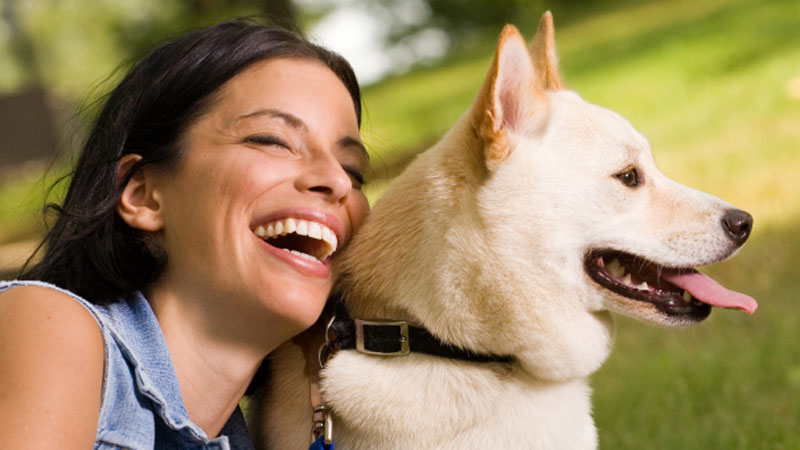Ear Infections
Ear infections in dogs are incredibly common, most involve the outer ear (also called otitis externa or OE) and are caused by bacteria.
Symptoms of an ear infection include head shaking, excessive ear scratching, smelly ears, a visible discharge from the ear and a painful ear. If your dog has any of these symptoms a veterinary appointment is required to diagnose the problem and prescribe a suitable antibiotic.
We will use an auroscope to examine down the ear canal - this helps us to determine the type of infection and also to rule out predisposing factors such as a foreign body. It also enables us to check that the dog’s ear drum is intact; a ruptured ear drum will alter the choice of medicine. If an ear is really swollen and painful if may not be possible to fully examine the ear canal at an initial appointment. In this instance, medication will be given to reduce the pain and swelling with the intention for an auroscopic examination at a second appointment. An alternative would be to examine the dog under sedation.
Severe or recurrent infections may require a swab to be taken, this is sent to a lab for culture to determine the type of bacteria responsible for the infection and the best antibiotic available for treatment. Most bacterial infections are treated with a topical drop to be placed down the ear canal once or twice daily. These drops contain a specific antibiotic, but also an anti-inflammatory which helps reduce the pain and inflammation associated with an ear infection. Really severe infections may also require oral antibiotics and pain killers.
Dogs that suffer from allergic skin disease are predisposed to getting ear infections. Similarly, dogs with floppy or hairy ears are more likely to suffer from ear infections. Their anatomy means that ear canals get hot and sweaty, the perfect conditions for yeast and bacteria to grow. Dogs that swim a lot are also more likely to get OE for the same reasons; drying your dog’s ears with a hairdryer is a good way to help prevent this.
OE will not clear up on its own and any infection will be much easier to treat the earlier it is addressed. Untreated OE can progress to the deeper structures of the ear beyond the ear drum and affect the dog’s balance; you may see a head tilt or flickering movements with the eyes. In many cases it is not possible to cure recurrent infections but to control symptoms with regular ear cleaning and use medications to keep severe infections to a minimum.
Ear mites are another common cause, especially in puppies and young dogs. Affected dogs will usually shake their heads a lot, scratching excessively and have dark brown/black waxy secretion in the ear canal. Ear mite infections can be cleared up quickly with appropriate medication.
One of the most common foreign bodies that cause ear problems are grass seeds, these are mainly an issue during the summer months. You will see acute onset vigorous head shaking and ear scratching. It will usually require an auroscope to visualise the grass seed as they often work their way down the ear canal. A well-behaved dog will tolerate grass seed removal conscious, but many will require sedation.
An aural haematoma is a blood-filled swelling on the ear flap, it is usually caused from excessive head shaking secondary to an ear infection. The haematoma is drained and anti inflammatories are used to help prevent recurrence. Despite this it is not unusual for haematomas to require draining more than once. If they continue to fill up, then on rare occasions surgery is required to treat the problem.
Ear injuries are fairly common, long flappy ears can get caught in barbed wire or injured in a fight. These injuries often bleed profusely but don’t usually need surgery unless severe.


